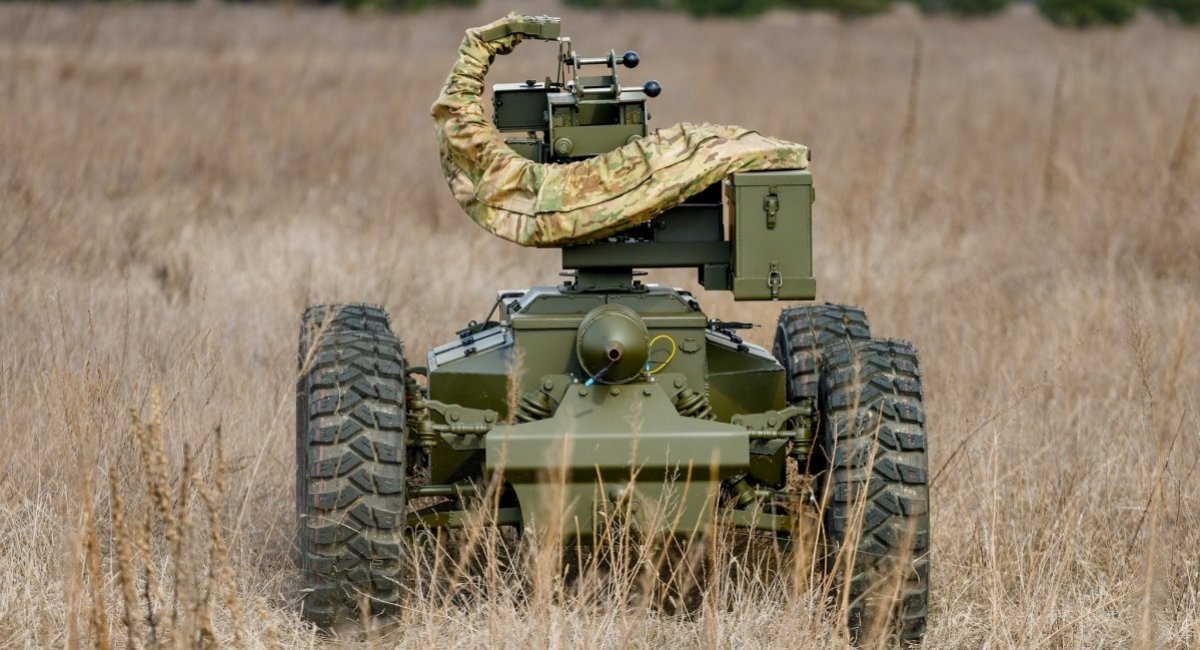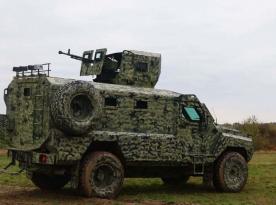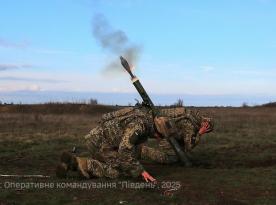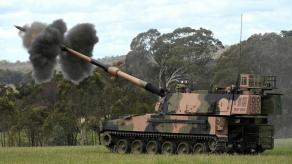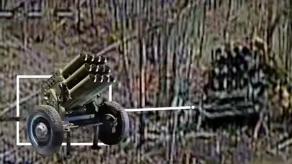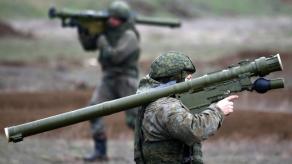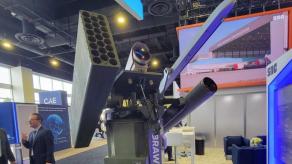The Brave1 defense tech cluster has conducted the first (in Ukraine) tests of FPV drones and unmanned ground systems operated through optical fiber. More than 15 manufacturers of aerial drones and 7 ground-based robotic platforms participated. A 20 km route was prepared for airborne FPVs to cover and hit the target, while the uncrewed vehicles made rounds about a proving ground.
The developers have not yet disclosed the specifications and capabilities of new models, so the extent of their functionality and the issues they are purport to address remain behind closed doors.
Read more: Ukrainians Made an FPV With Fiber-Optic Cord Stretching For 41 km
In general, however, a common problem for ground drones is communication. Many obstacles can disrupt the radio signal with a grounded object, like the terrain, trees, buildings, etc., not to mention enemy electronic warfare systems; all of them can easily lead to the loss of expensive equipment. To make matters worse, the radio horizon for terrestrial drones is short, meaning the maximum operating range without extra signal repeaters is very limited.
On the other hand, fiber-optic communication is devoid of such drawbacks, although it also comes with its own challenges, for example, the weight of cables. This is a critically important factor for aerial FPV drones, as they have a finite payload capacity. Therefore, sometimes engineers have to balance between the weight of the warhead and the fiber-optic coil. To illustrate, 10 km of fiber-optic wire weigh about 2.1 kg.
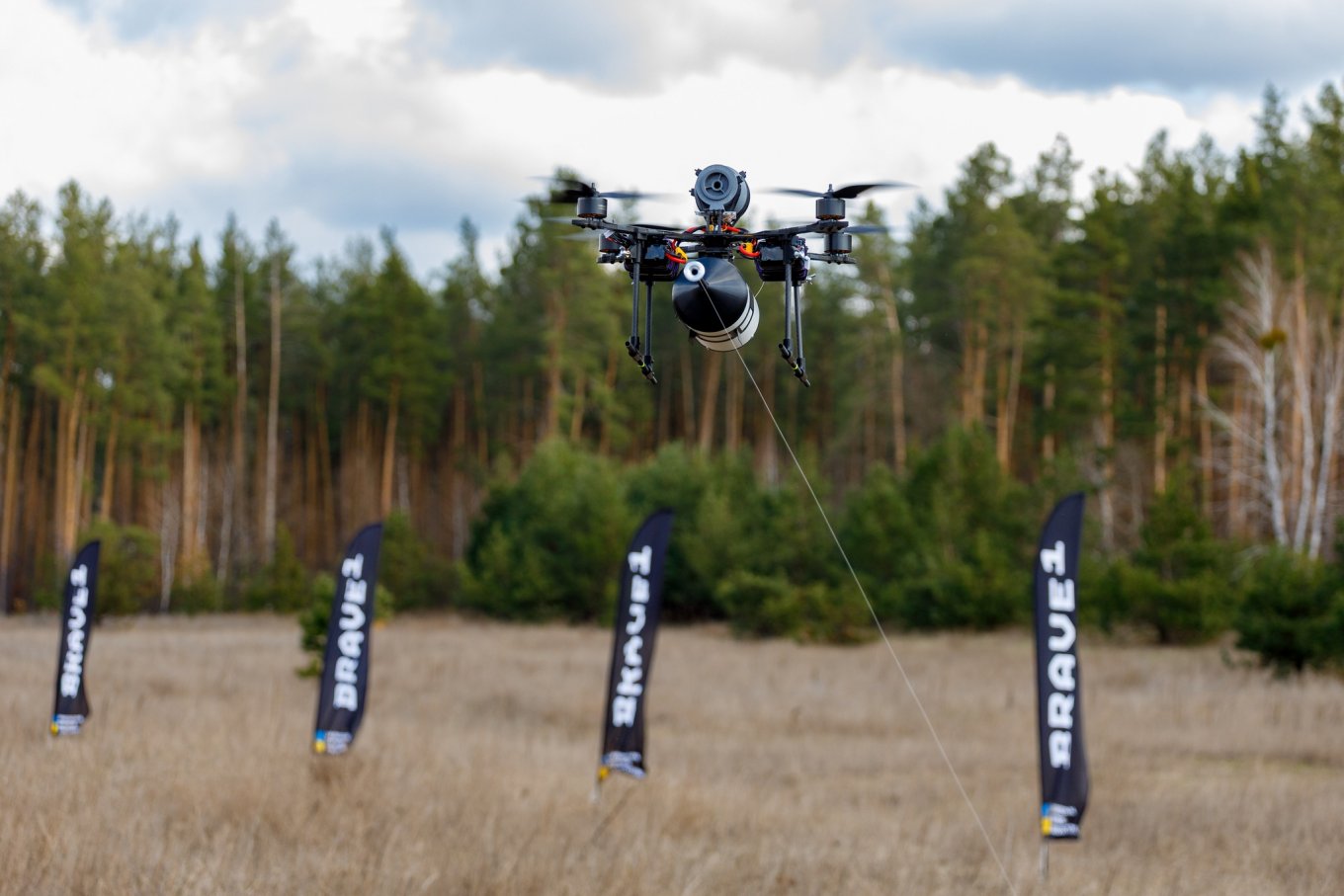
As for the possibility of a cable break, the myth about it tearing so easily seems to have been refuted long ago. The force needed to tear even a thin cord of optical fiber without any insulation is equivalent to about 30–40 kg.
However, an unmanned ground system can carry much larger amounts of weight, allowing the operator to install a coil unwinding for tens of kilometers, although we should not forget that the distance of signal transmission over optical fiber, albeit significant, is not infinite. Then again, if the cable tears, for instance, due to an explosion or a fragmentation impact, a backup antenna could be used to duplicate the signal.
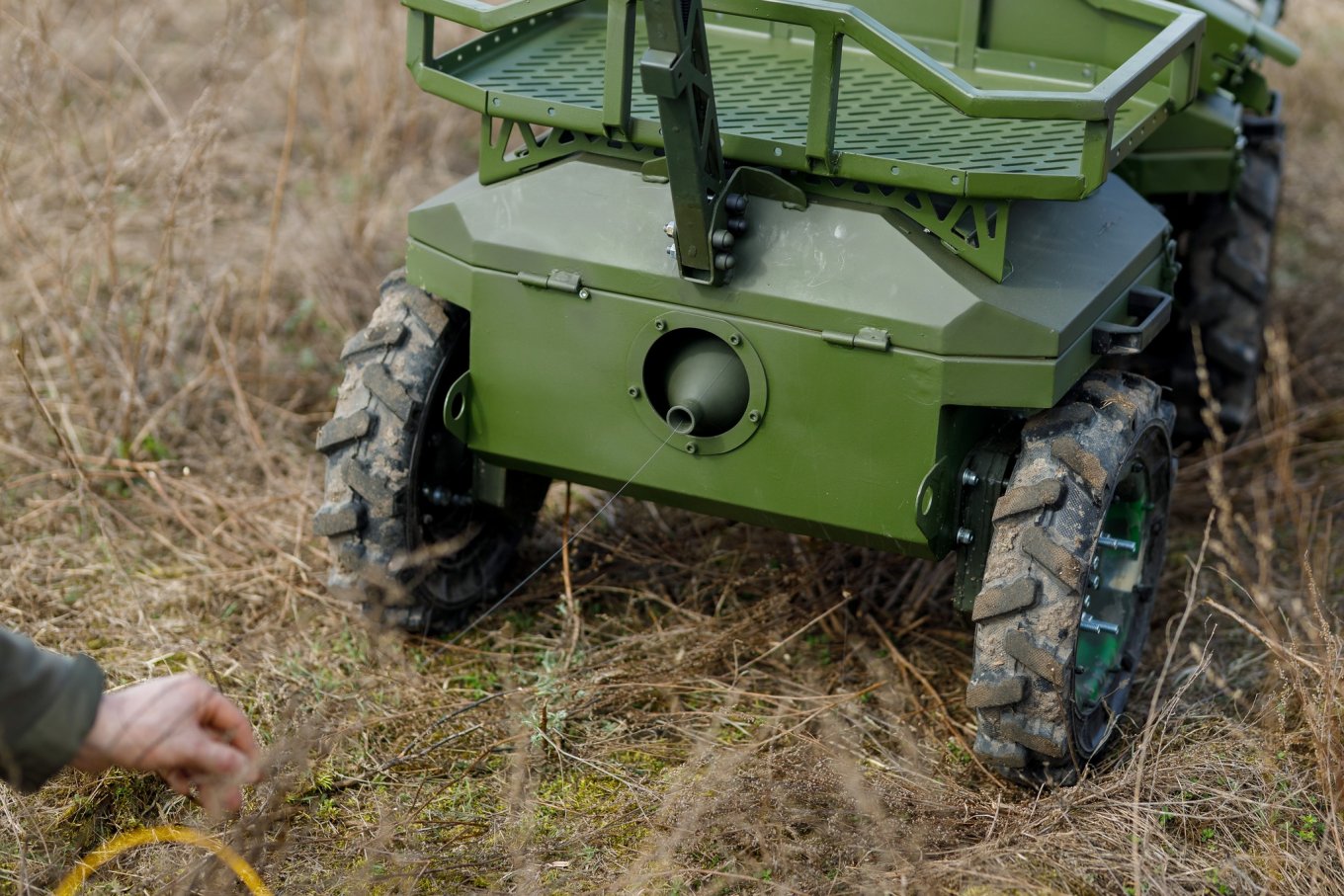
Overall, the use of fiber-optic-controlled unmanned robotic systems can provide high-quality and stable imaging across large distances. Thanks to these systems, troops can even set an ambush in the enemy's deep rear, significantly lowering risks for human personnel required otherwise.
Also, unmanned systems on fiber-optic control are still evolving, which is fueled by the military seeing its obvious advantages in practice, so the advent of UGVs based on this technology was only a matter of time.
Read more: russian Forces Dig Tunnels and Deploy “Vampire” Drones from Wood and Anti-Tank Mines in Vovchansk



